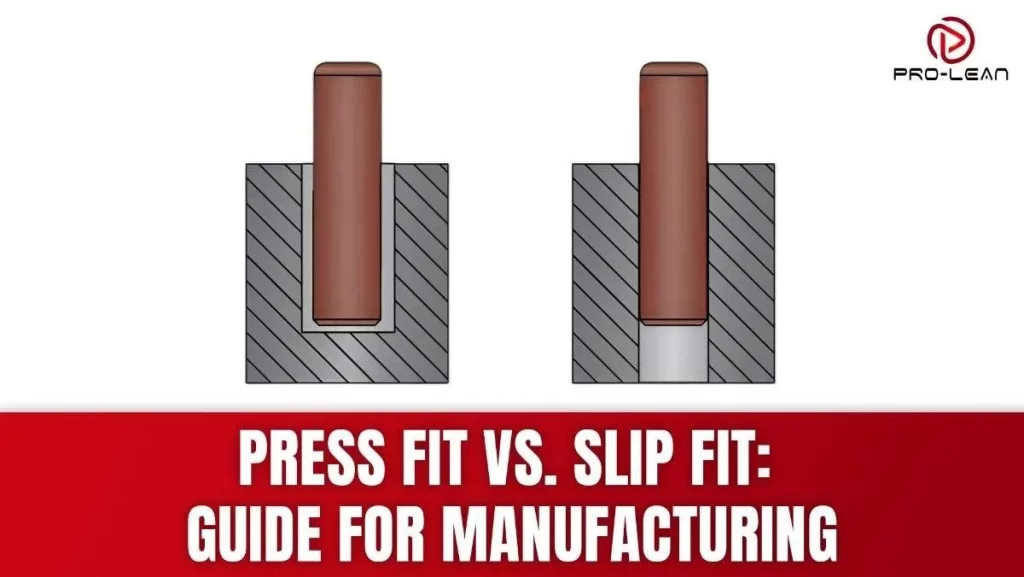
Press Fit vs. Slip Fit Illustration
Confused about whether to choose press fit or slip fit for your project? This guide will help you decide. Press fit creates strong, lasting connections by making parts fit very tightly. They don’t move. Slip fit allows a little space between parts, and they move smoothly while staying in place.
For businesses, the right choice is key to a successful project. The wrong choice can mean parts fail, higher costs and less efficient work. At ProleanTech, we specialize in high-precision solutions using advanced cnc machining processes to ensure your assemblies meet the exact requirements, be it press or slip fit.
However, this guide will explain the main differences between press fit and slip fit. You’ll get the info you need to make smart decisions for your projects.
Read More: Explore CNC Machining & Its Advantages
What is a Press Fit?

Electronic Component Press Fit Connection
A press fit creates a permanent connection between two components by making them fit together very tightly. The shaft (round part) is made a bit larger than the hole. When forced together, this creates friction that holds the parts without needing extra fasteners.
Press fit assemblies rely on the parts slightly changing shape when pushed together. This slight change creates the strong grip that keeps your assembly secure.
Engineers use press fit connections when they need strong, fixed joints. The tight fit means parts won’t move against each other. This makes press fit ideal for uses that need exact placement and high strength connections.
In all these cases, ProleanTech delivers cnc precision machining to ensure consistent tight fits that don’t loosen over time.
How is Press Fit Calculated?
Press fit calculations help figure out the exact tightness needed. The formula considers the materials, part sizes and how much force is needed to hold them.
The basic pressure calculation uses this formula: P = δE/d × (do²-di²)/(do²+di²)
Where:
- P = Pressure between parts
- δ = How much parts overlap
- E = Material stiffness
- d = Main diameter
- do = Outer diameter
- di = Inner diameter
For how much force is needed to pull them apart: F = μ × P × A
Where:
- F = Pulling force
- μ = Friction level
- A = Contact area
These calculations ensure your parts achieve the required tightness without breaking due to too much stress.
Correct calculations prevent component failure during setup or operation. When you partner with ProleanTech, our specialists handle these calculations and tolerance press fit requirements for you with ease.
Examples of Press Fit
Bearing installations are a common press fit example. The inner ring is pressed onto a shaft with a very precise fit. Machines create the exact shaft sizes needed for proper bearing retention.
Gear assemblies use press fit connections to mount gears onto shafts. The tightness prevents gear slipping under heavy force. Machining ensures the gear hole and shaft are perfectly sized.
Bushing installations rely on press fit connections in housings. The outer size of the bushing is a calculated amount larger than the housing hole. This creates the tightness needed for permanent setup.
Pin joints in mechanical assemblies often use press fit. Dowel pins and locating pins press into precisely made holes to create fixed points.
Try Prolean Now!
What are the Advantages of Press Fit?
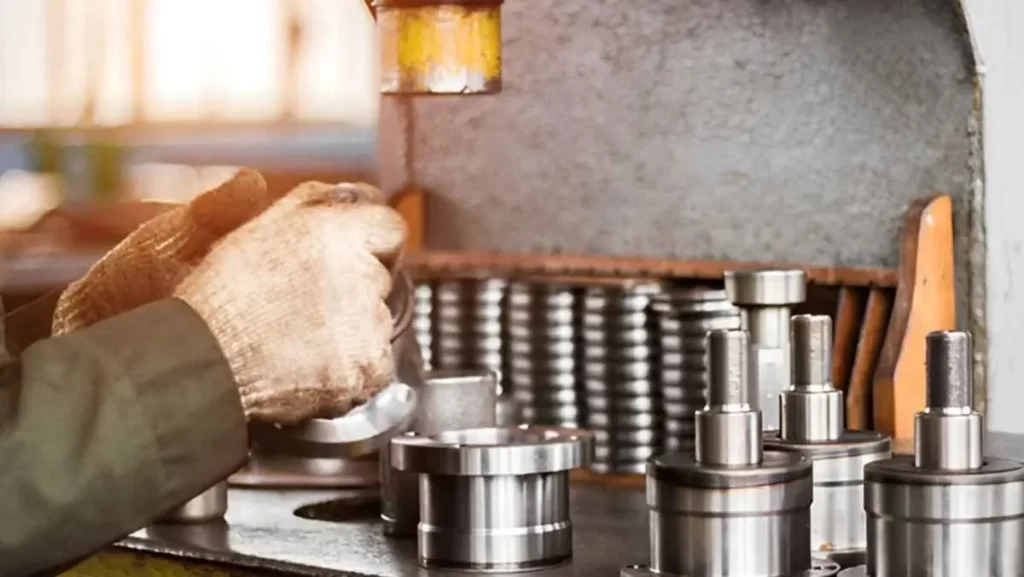
Press Fit Assembly in Manufacturing
Understanding press fit benefits helps manufacturing businesses make stronger parts and work more efficiently. These benefits make press fit the top choice for permanent connections needing high reliability and exact positioning.
- Permanent assembly, no extra fasteners needed.
- Strong connections handle heavy loads.
- Exact positioning keeps things perfectly aligned.
- Saves money by reducing labor costs.
- Self-securing joints prevent loosening over time.
- No additional hardware required for assembly.
What are the Disadvantages of Press Fit?
Do you want to know what is the disadvantage of press fit? While the press fit has many good things, manufacturing companies should think about problems. These problems can affect how parts are assembled, how they are fixed and overall production costs.
- Hard to assemble, special tooling and methods are required.
- Parts can be damaged during installation.
- Difficult to disassemble, the cost of maintenance increases.
- Very tight tolerances increase production costs.
- Risk of cracking if too much force is used.
- Limited serviceability for repair and replacement.
What is a Slip Fit?
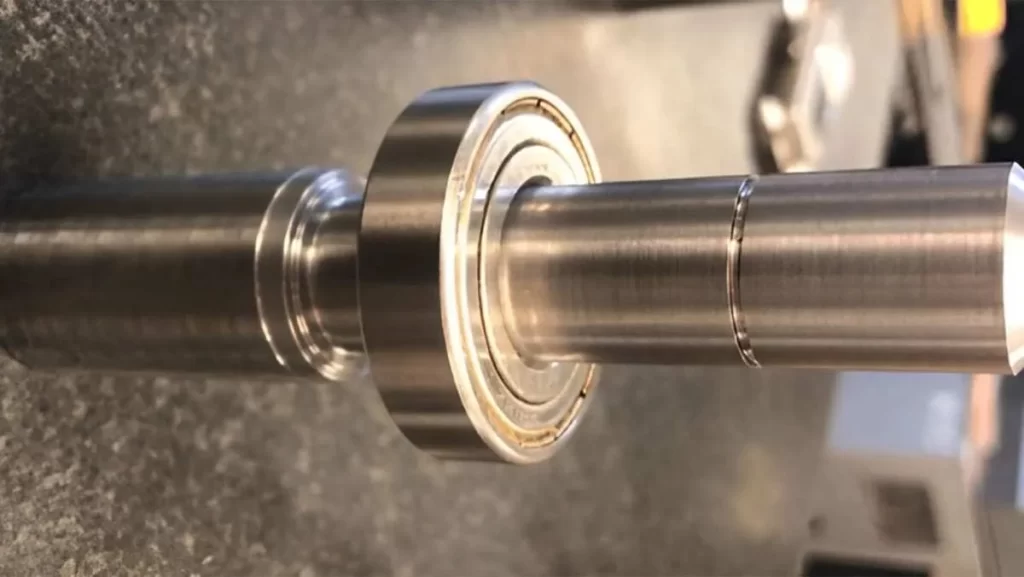
Bearing on a Slip Fit Shaft
A slip fit allows controlled movement between components. The hole is made slightly larger than the shaft. This small gap allows smooth slipping or turning motion.
Slip fit assemblies stay in place allowing movement. The difference prevents sticking but also limits too much looseness. This balance creates functional assembly that works smoothly for a long time.
Manufacturing engineers choose slip fit when the assembly is required to move or adjust. Press Fit vs. Slip Fit decision often depends on whether components need to be move relative to each other during use.
How is Slip Fit Calculated?
Focus on finding the right difference for the slip fit calculation smooth operation. The difference to prevent intervals should be quite large but should be quite small to keep things accurate.
Standard tolerance charts provide slip fit dimensions based on nominal size. General slip fit classes are:
- H7/g6 – A tight fit with very little gap.
- H8/f7 – A loose fit with a moderate gap.
- H9/d9 – A very loose fit with the biggest gap.
The gap calculation considers:
- Temperature changes.
- Material expansion.
- Lubrication needs.
- Allowances for wear.
- Assembly tolerances.
These factors ensure your components have the right clearance throughout their life.
Examples of Slip Fit
- Piston and cylinder assembly require slip fit clearance for smooth movement. The Piston slides freely inside the cylinder while keeping a good seal. The bore is machined for accurate dimensions.
- Bearing housings often use slip fit for outer ring. This still allows heat expansion sticking while still supporting the bearing. The housing bore has a controlled gap around the bearing.
- Sliding mechanisms such as drawer guides and linear bearings rely on slip fit clearances. The components move smoothly without staggering or clinging too much. Consistent approval along the entire length is mechanized.
- Rotational components such as hinges and pivotes use slip fit clearance. The shaft changes independently inside the residence while staying in place.
Try Prolean Now!
What are the Advantages of Slip Fit?
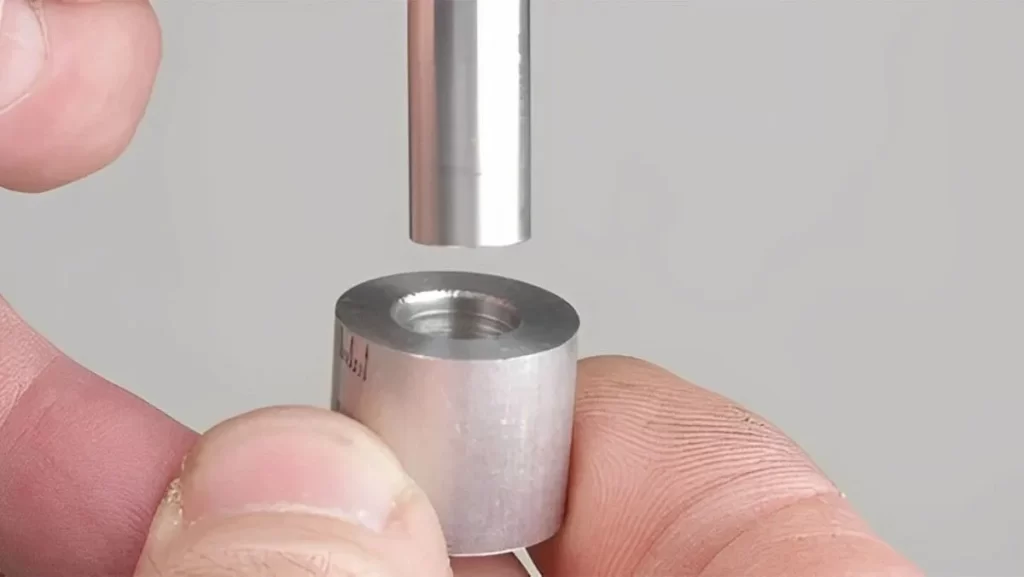
Slip Fit Assembly Demonstration
Slip fit assemblies offer flexibility that many applications require. These benefits make slip fit ideal for assemblies that need movement, easy maintenance and thermal expansion.
- Easy to assemble and disassemble, reduces manufacturing.
- Smooth operation, no sticking or rubbing.
- Handles temperature changes, no seizing from expansion.
- Manufacturing flexibility reduces scrap.
- Lower assembly costs with hand assembly.
- Good for moving parts and mechanisms.
What are the Disadvantages of Slip Fit?
Despite the operational benefits, slip fit assemblies have limitations that manufacturing businesses must consider. These drawbacks affect precision, durability and how much load they can take in tough situations.
- Less precise due to the gap between parts.
- Wear from parts moving against each other.
- Vibration and noise from loose gaps.
- Limited force transfer.
- Gap increases over time with use.
- Not suitable for very precise positioning.
For more information on specific materials visit https://proleantech.com/plastic-cnc-machining/.
Press Fit vs Slip Fit Differences
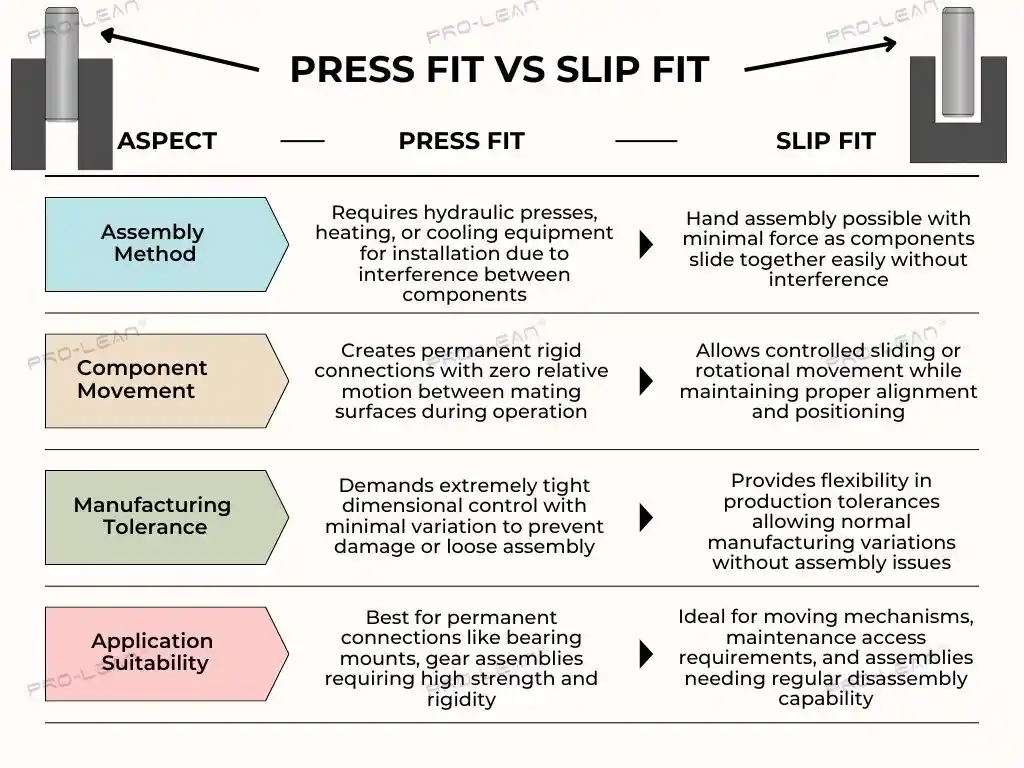
Press Fit vs. Slip Fit Comparison Chart
Understanding the main differences helps you choose the right fit for your application. The way parts are put together is the biggest difference. Press fit needs force or heat, often using hydraulic presses or heating equipment. Slip fit components slide together easily by hand or with minimal force, making assembly much simpler and faster.
How parts interact differs significantly between the two fits.
Press fit creates stiff connections with no movement between fitted parts. The tight fit locks components together permanently, stopping any movement during use. Slip fit allows controlled movement between surfaces, enabling smooth sliding or turning while staying aligned.
Tolerances (how much variation is allowed in size) vary a lot. Press fit needs extremely precise size control to get the right tightness without damaging parts.
Even small differences can make parts too loose or impossibly tight. Slip fit offers more flexibility, allowing for normal production variations without preventing proper assembly.
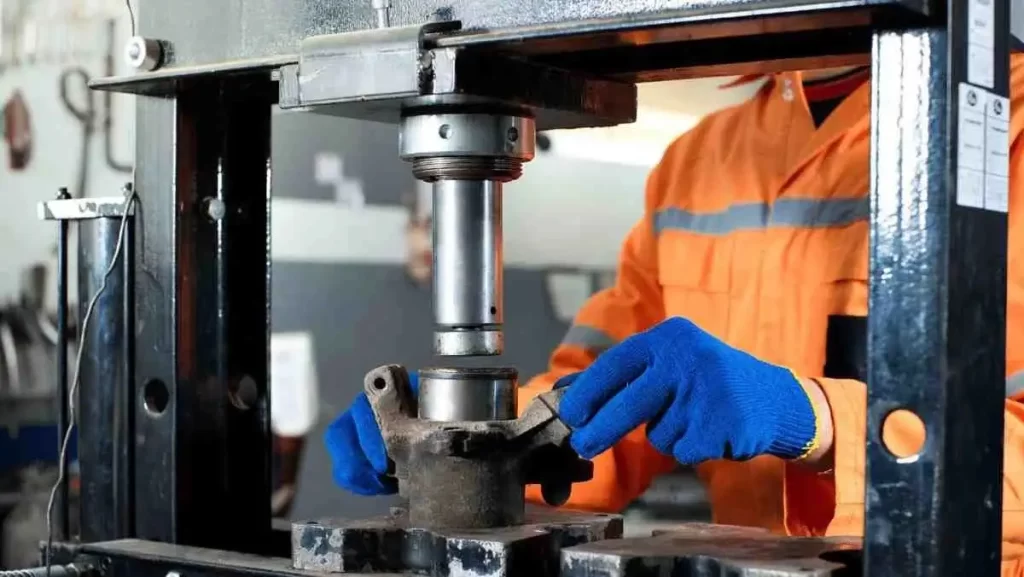
Industrial Press Fit Operation
Choose which to use based on what you need it to do. Press fit works best for permanent, strong connections where components must stay fixed. This is ideal for bearing mounts, gear assemblies and structural joints.
Slip fit is for applications needing relative motion or easy assembly, such as sliding mechanisms, rotational joints and parts that need regular maintenance access.
Quick View: Chart for Press Fit vs Slip Fit
| Aspect | Press Fit | Slip Fit |
| Clearance | Negative (interference) | Positive (clearance) |
| Assembly | Force required | Hand assembly possible |
| Motion | No relative movement | Controlled movement allowed |
| Strength | High load capacity | Limited load capacity |
| Precision | Exact positioning | Some positioning variation |
| Maintenance | Difficult disassembly | Easy maintenance access |
What are the Three Types of Fits?
Fits are classified into three:
Clearance fits have space between mating surfaces. The hole is always larger than the shaft. This includes all slip fit uses where components can move against each other.
Interference fits have overlap between mating surfaces. The shaft is always larger than the hole. This includes all press fit uses where components lock together permanently.
Transition fits can produce either a gap or a tight fit depending on manufacturing variations. These fits balance between the other two and may require careful selection for the best results.
Is Press Fit Better Than Push Fit?
The press fit vs slip fit comparison shows neither is better overall. The better choice depends on your situation.
Press fit is best when you need permanent, strong connections. Uses like bearing mounts, gear assemblies and structural joints benefit from press fit. The tight fit creates solid, long lasting assemblies.
Slip fit is better when components must move relative to each other. Sliding mechanisms, rotational joints and assemblies that need maintenance access work better with slip fit. The controlled clearance allows smooth operation.
Whether you’re designing permanent gear systems or easily serviceable housings, we have the tools, tech, and team to deliver.
Summary – Press Fit vs Slip Fit
The press fit vs slip fit decision is crucial to your manufacturing success and component performance. Press fit creates permanent, strong connections for high strength uses that need precise positioning. Slip fit allows controlled movement and easy assembly for applications that need relative motion between components.
The press fit vs slip fit comparison ultimately comes down to your application needs, operating conditions and performance requirements. Choose the fit type that fits your functional requirements and manufacturing capabilities.
Choosing the right fit is just the start. Partner with ProleanTech to get expert advice, consistent manufacturing quality, and timely delivery. Whether you’re scaling production or prototyping new designs, our CNC Machining Services are ready to support you.
👉 Contact us today to bring your design to life with precision and confidence.

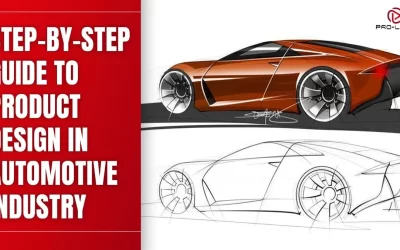
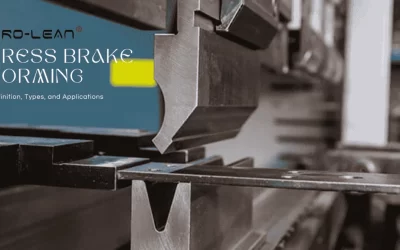
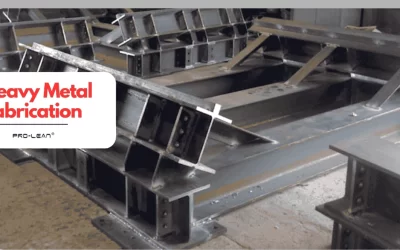
0 Comments